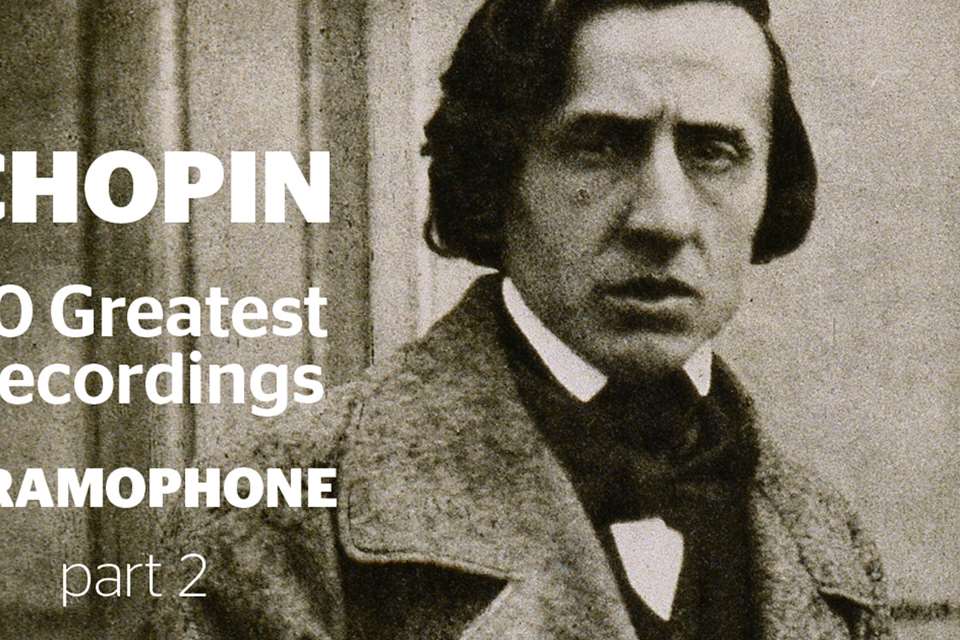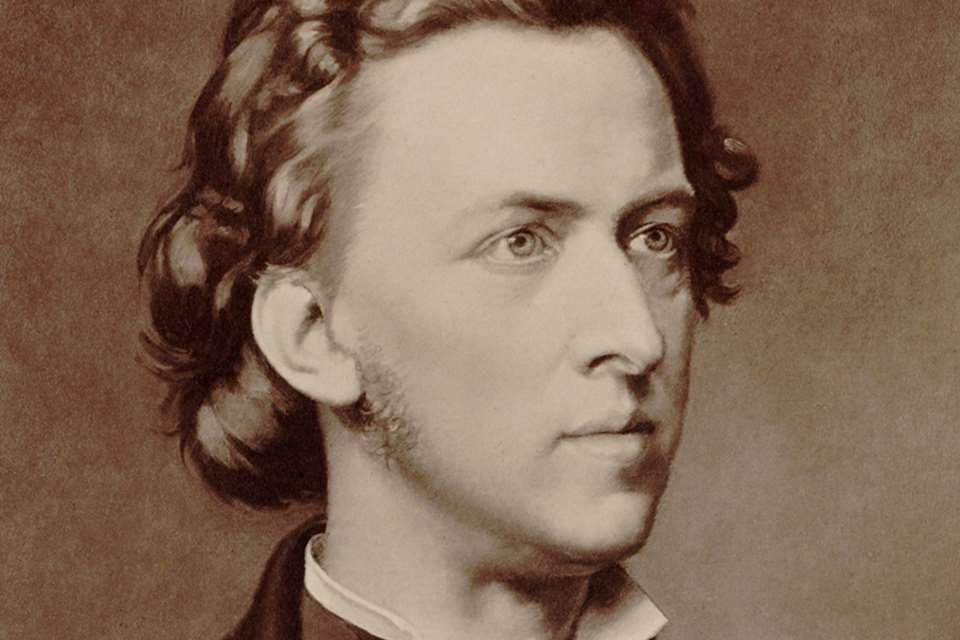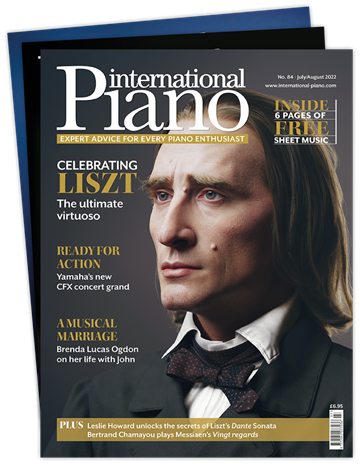Chopin’s Polonaise-fantaisie: a guide to the best recordings
Charles Timbrell
Thursday, July 27, 2023
Charles Timbrell explores the history on record of one of Chopin’s late masterpieces and recommends some listening

Register now to continue reading
This article is from International Piano. Register today to enjoy our dedicated coverage of the piano world, including:
- Free access to 3 subscriber-only articles per month
- Unlimited access to International Piano's news pages
- Monthly newsletter









